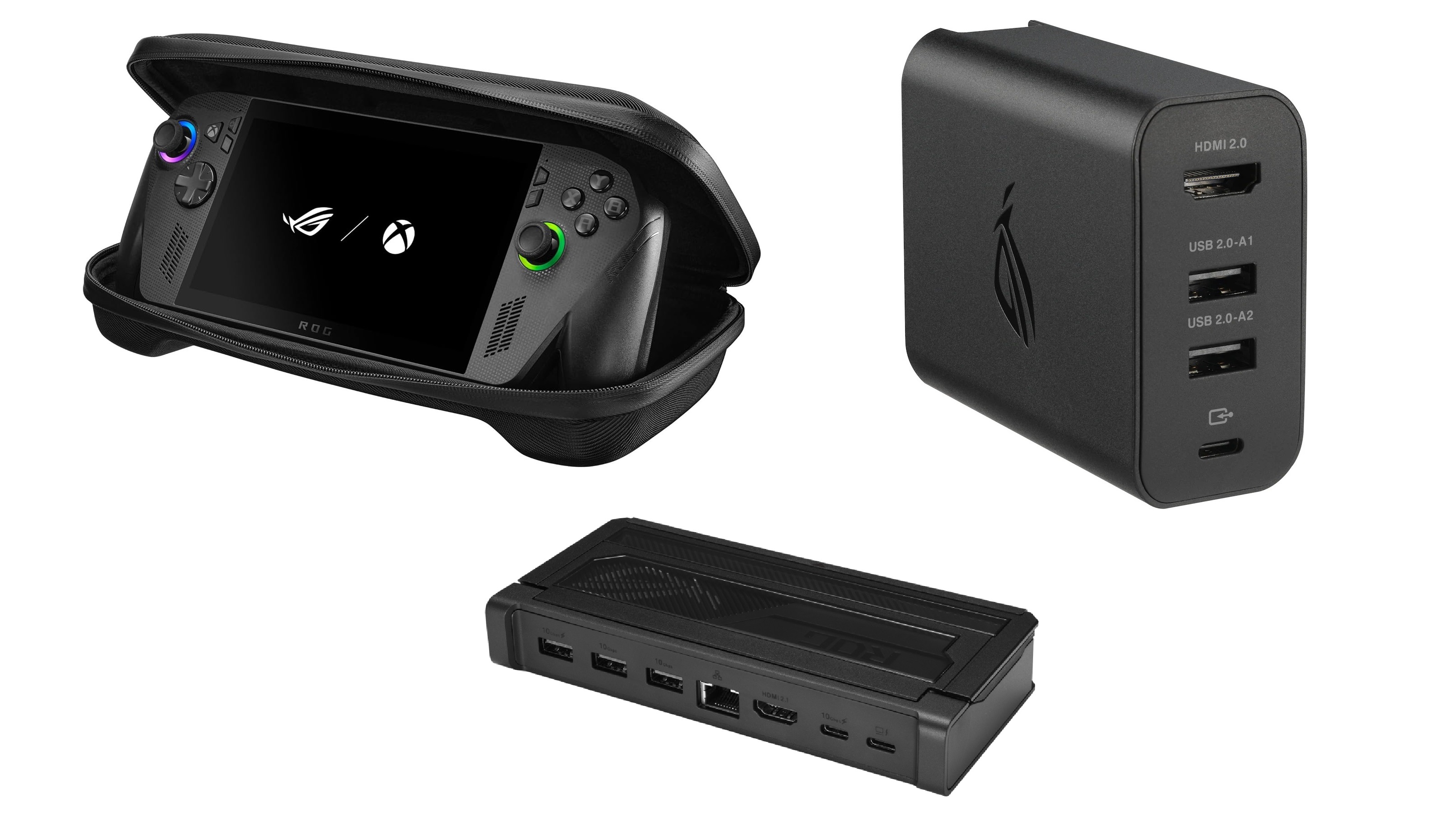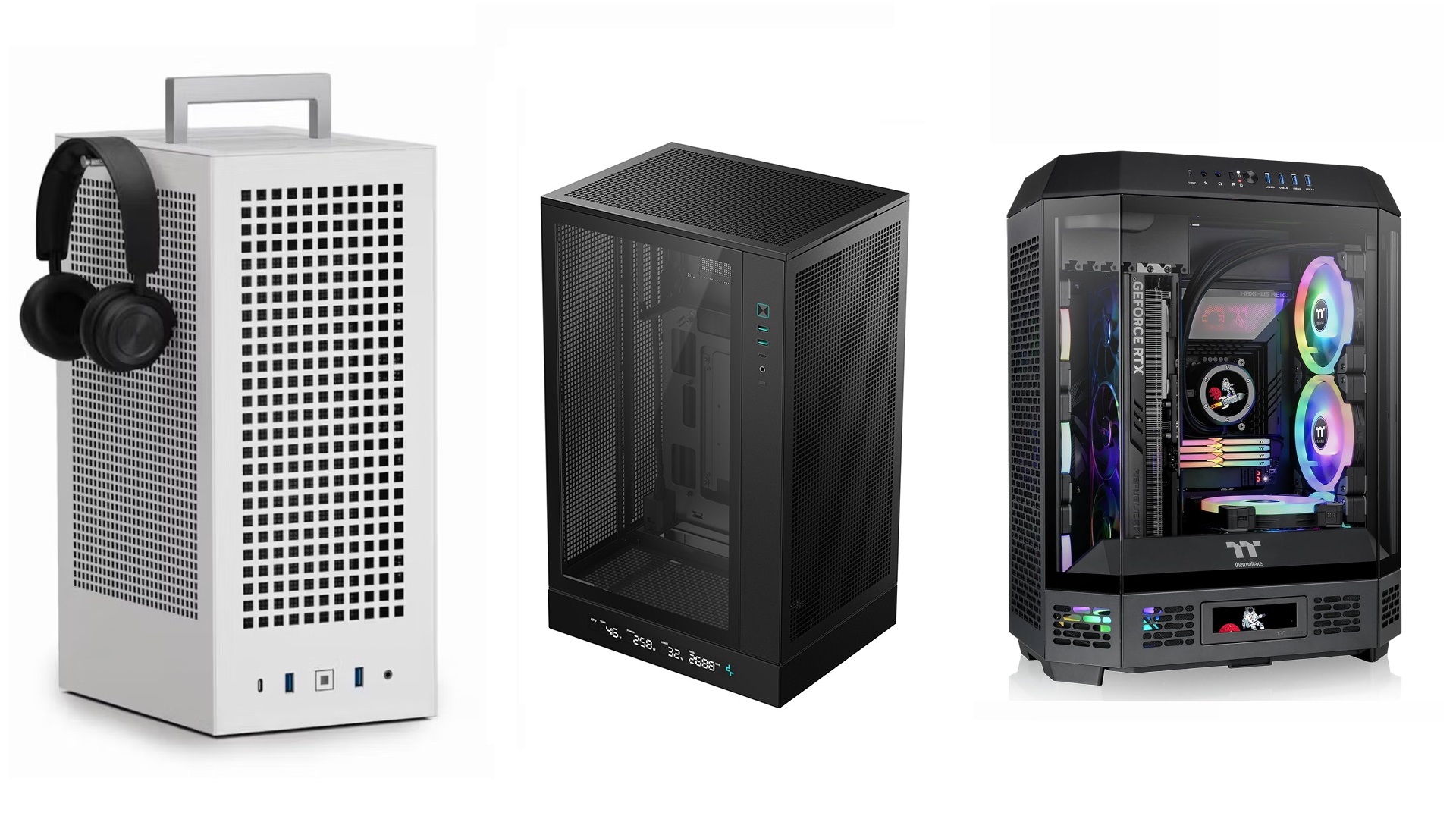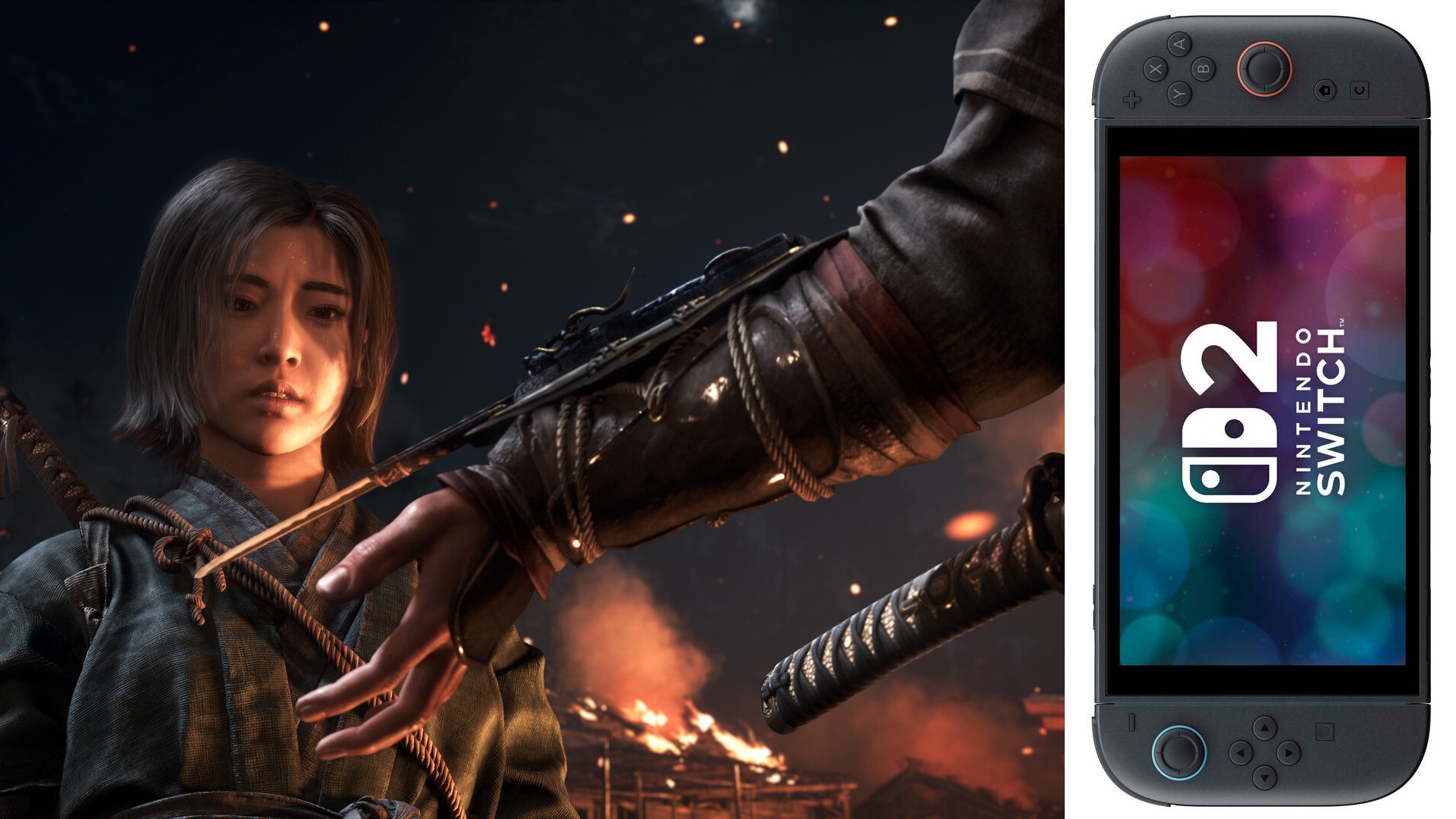Should you use DLSS/FSR Frame Gen in a game like Battlefield 6, where fast action and latency are crucial? You will find the answer here.
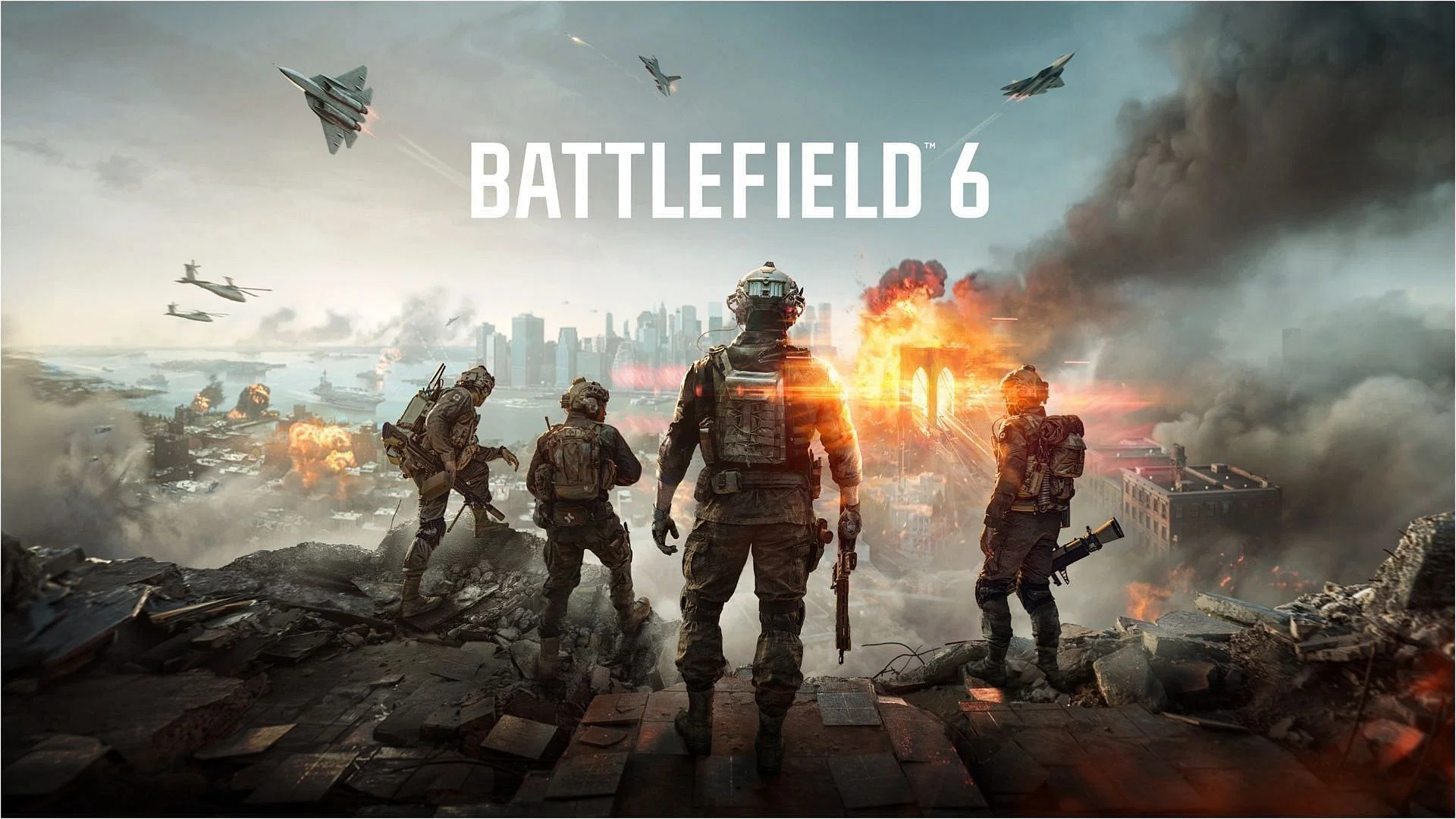
Battlefield 6 is currently in an open beta program, which allows players to try the game and provide feedback on how they find it. A competitive game like this is best played on a high refresh rate of 120Hz or higher. Unfortunately, Battlefield 6’s system requirements are much higher than those of previous Battlefield titles.
Therefore, users with older graphics cards can barely hit 60 FPS, let alone 120 FPS. This is where technologies such as DLSS/FSR Frame Generation come in. They promise to double or even triple the FPS in supported games, and Battlefield 6 does support them. The question is: Should you use Frame Gen in Battlefield 6? The short answer is no, and we have good reasons for that. Let us explain why you shouldn’t use Frame Gen. We will also tell you what to use instead of Frame Gen.
Note: Parts of this article are subjective and reflect the writer’s opinions.
How Many Frame Gen Tech are Available in Battlefield 6?
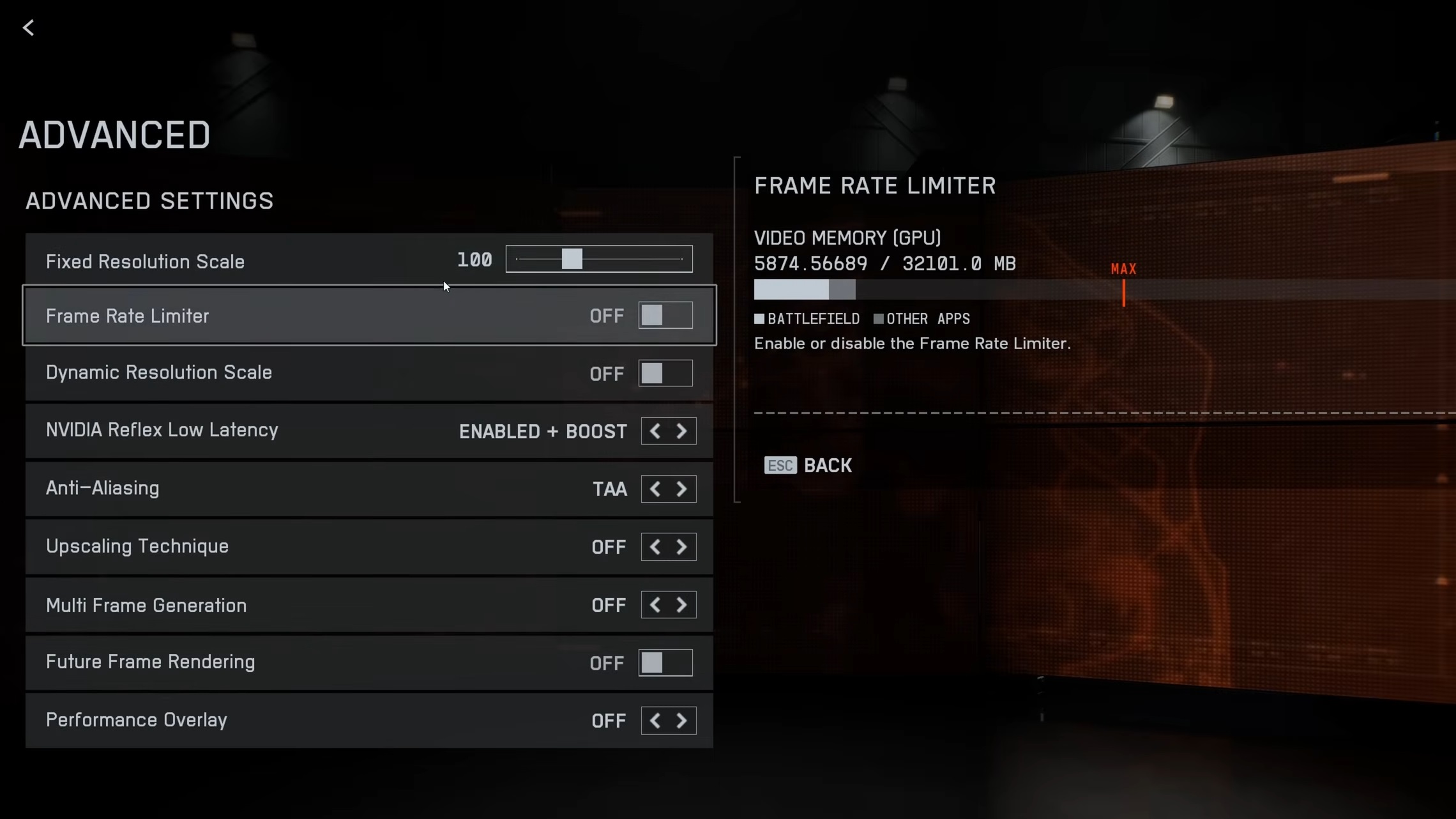
Battlefield 6 includes all three Frame Gen technologies: DLSS 4, FSR, and XeSS. The inclusion of XeSS and FSR Frame Gen is the best part because they can be used by almost every modern GPU released in the last decade. However, whether you should use them is a different question.
Subsequently, Battlefield 6 fully supports DLSS 4 Multi-Frame Gen, which can triple or even quadruple the framerate to 240 or above. However, you will need a 240Hz monitor and RTX 50 series GPUs for that.
Should You Enable Frame Gen in Battlefield 6?
Frame Gen can be a great technology in many games, allowing users to double the frame rates and enjoy smoother visuals. Users with lower-end or older GPUs can use it to get ultra-smooth framerates in modern games. However, Battlefield 6 is a competitive FPS game where low latency and instant response times are crucial for optimal multiplayer performance.
Professional esports players will find the added latency messing with their kills. The extra latency could turn an absolute kill into near misses, which would be seriously frustrating. One could argue that technologies like Nvidia Reflex and AMD Anti-Lag 2 could lower the latency. However, you can use them without enabling Frame Gen. This leads to ultra-low latency gameplay, which is an even better choice for multiplayer games.
Therefore, we do not recommend enabling DLSS/FSR/XeSS Frame Gen in Battlefield 6. Instead, we encourage players to utilize DLSS/FSR/XeSS upscaling technology to increase FPS in games without increasing latency. You can use Performance mode for the highest FPS increase. The graphics in the game won’t look great. Then again, it’s an online multiplayer game where performance is more important than graphics.
![Battlefield 6 Logo [Source: EA]](https://static.deltiasgaming.com/2025/08/header.jpg)
We provide the latest news and create guides for Battlefield 6. Meanwhile, you can check out the following Battlefield 6 articles:
 Reddit
Reddit
 Email
Email
